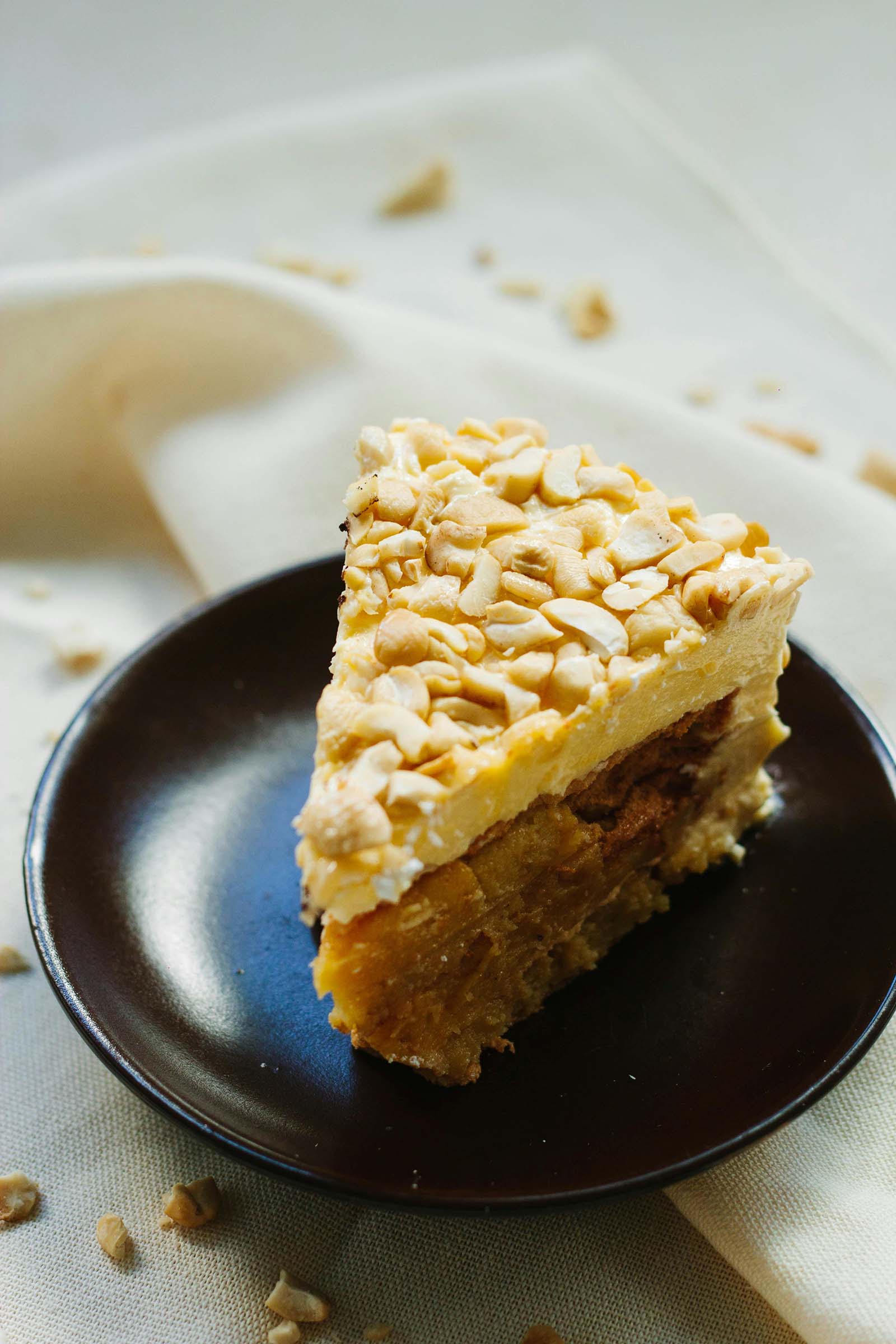How Do N2O Cream Chargers Compare to Mechanical Whipping Methods?
N2O Cream Chargers vs Mechanical Whipping Methods: Which is Better for Making Whipped Cream?

Introduction
When it comes to making whipped cream, there are two popular methods that people often debate about: using N2O cream chargers or using mechanical whipping methods. Both have their advantages and disadvantages, so it’s essential to understand how they compare to each other.
N2O Cream Chargers

N2O cream chargers, also known as nitrous oxide chargers, are small metal cylinders filled with nitrous oxide gas. These chargers are commonly used in whipped cream dispensers to create a whipped cream with a light and fluffy texture. The process is simple – the charger is screwed onto the dispenser, and the gas is released into the liquid cream, creating bubbles that give the cream its airy consistency. N2O cream chargers are convenient and easy to use, making them a popular choice for home cooks and professional chefs alike.
Mechanical Whipping Methods
On the other hand, mechanical whipping methods involve using a whisk, electric mixer, or other kitchen appliances to manually whip the cream until it reaches the desired consistency. This method requires more effort and time compared to using N2O cream chargers, but it gives the cook more control over the texture of the whipped cream. Mechanical whipping allows for adjustments in the thickness and stiffness of the cream, making it a preferred method for those who want to customize their whipped cream according to their preferences.

Comparing the Two Methods
When it comes to comparing N2O cream chargers and mechanical whipping methods, there are a few key factors to consider.
Convenience
N2O cream chargers are undeniably more convenient than mechanical whipping methods. With just a few simple steps, you can have perfectly whipped cream in a matter of minutes, without needing to put in a lot of effort. Mechanical whipping, on the other hand, requires more time and physical labor.Texture
N2O cream chargers create whipped cream with a light and fluffy texture, thanks to the nitrous oxide gas that creates tiny bubbles in the cream. Mechanical whipping methods can also produce similar results, but it requires more finesse and attention to detail to achieve the same airy texture.Customization
One area where mechanical whipping methods excel is in customization. With a whisk or an electric mixer, you have more control over the thickness and stiffness of the whipped cream, allowing you to tailor it to your specific preferences. N2O cream chargers, while convenient, offer less flexibility in this regard.Environmental Impact
When it comes to sustainability, mechanical whipping methods are the clear winner. N2O cream chargers come in disposable metal cylinders, which contribute to waste and environmental pollution. Mechanical whipping, on the other hand, uses less single-use materials, making it a more eco-friendly option.Cost
In terms of cost, N2O cream chargers can be more expensive in the long run compared to mechanical whipping methods. While the initial investment for a whipped cream dispenser and chargers may seem affordable, the ongoing cost of purchasing chargers can add up over time. Mechanical whipping methods, on the other hand, only require the initial purchase of a kitchen appliance, with no recurring expenses.Conclusion
In conclusion, both N2O cream chargers and mechanical whipping methods have their own set of advantages and disadvantages. N2O cream chargers are convenient and produce consistently light and fluffy whipped cream, while mechanical whipping methods offer more customization and are more environmentally friendly. Ultimately, the choice between N2O cream chargers and mechanical whipping methods depends on individual preferences and priorities. Whether it’s convenience, texture, customization, sustainability, or cost, each method has its own merits, and the decision ultimately comes down to what works best for you and your needs.
